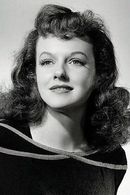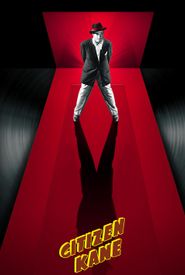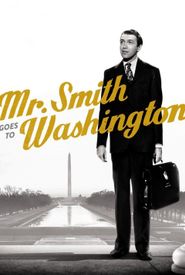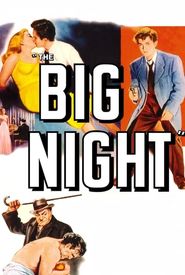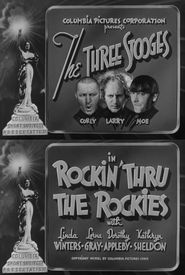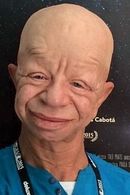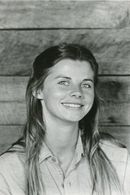Dorothy Comingore, a talented actress, earned a place in motion picture history for her role as the second Mrs. Kane in the 1941 film "Citizen Kane". Her extraordinary performance was praised by critics and the public alike, and she was even considered for an Academy Award. However, her career in films was short-lived.
Dorothy was discovered by Charles Chaplin while performing with the Carmel Little Theater in Monterey County. He was enchanted by her and praised her, which led to a Hollywood contract. However, her contract was dropped after just three months without even a screen test. She was then utilized as a clothes model and extra at Warner Brothers, but she refused to be relegated to such roles.
Dorothy was determined to be appreciated for her acting ability and was signed by Columbia. However, most of her roles during this period were uncredited bits and walk-ons. Her turning point came when she was introduced to Orson Welles at a party, who cast her as Susan Alexander Kane in "Citizen Kane".
After the release of "Citizen Kane", the wrath of William Randolph Hearst descended upon everyone associated with the film, particularly Dorothy for playing a part so obviously modeled on his mistress. Dorothy was already known for her left-wing sympathies and her father had been a high-profile unionist.
The newspaper magnate orchestrated a nationwide smear campaign, using prominent columnists Hedda Hopper and Walter Winchell to brand her a "subversive" and a member of the Communist Party. Though devoid of substantiating evidence, the spurious allegation stuck. Dorothy had associations and friends in Hollywood who had communist affiliations or were party members, and she had also made enemies by following in her father's footsteps and supporting civil rights causes and union solidarity.
Refusing to cooperate with the House Un-American Activities Committee (HUAC) made her an "unfriendly witness". Not only was she blacklisted in Hollywood, but her phone was tapped, her mail opened, and her home was ransacked. Her career effectively ended in 1951, with her final film being a small part in an indifferent drama of teenage angst.
Her personal life continued to spiral out of control, and she became an alcoholic. In October 1952, she was arrested on a solicitation charge, likely a frame-up as payback for her "red" affiliations. Having lost custody of her children, she agreed to have the charges against her dropped in exchange for being committed to the Camarillo State Mental Hospital. She spent two years there "undergoing treatment".
Not much is known of her final years, except that she spent most of it in seclusion, married to a postman in Connecticut, with two dogs and ten cats. She died in December 1971 of pulmonary disease, likely the result of long-term alcohol abuse, at the age of 58.
